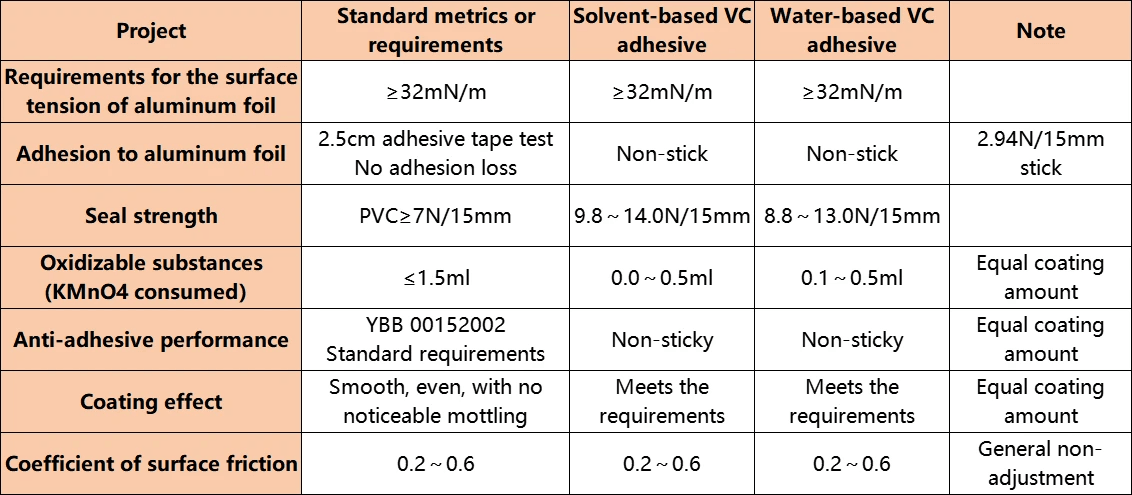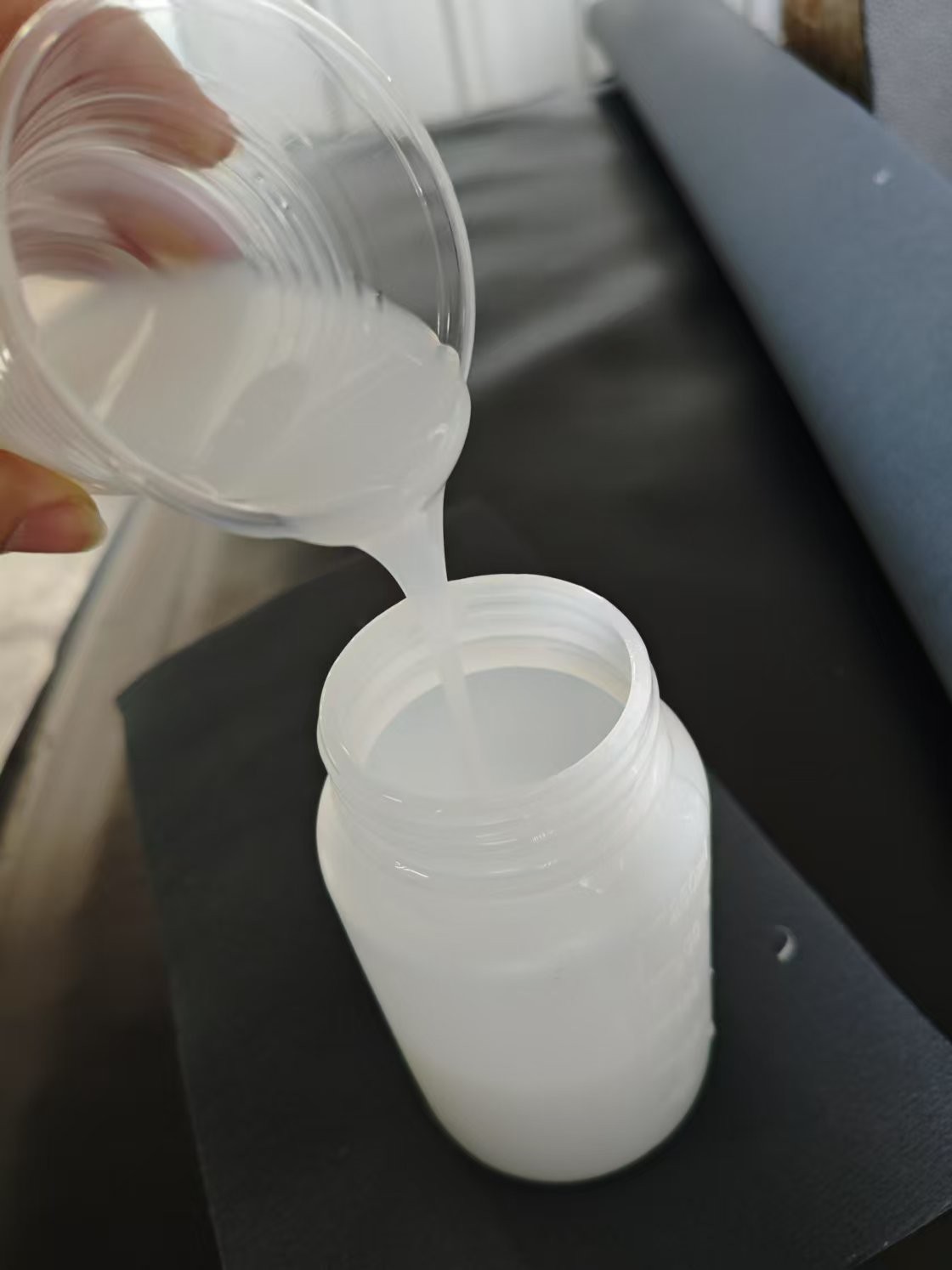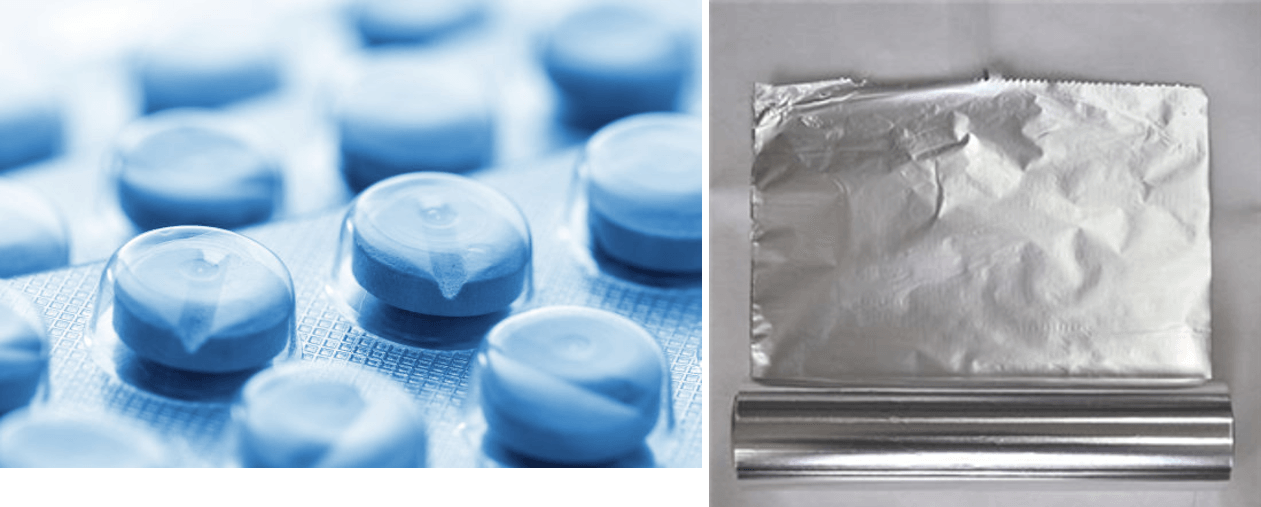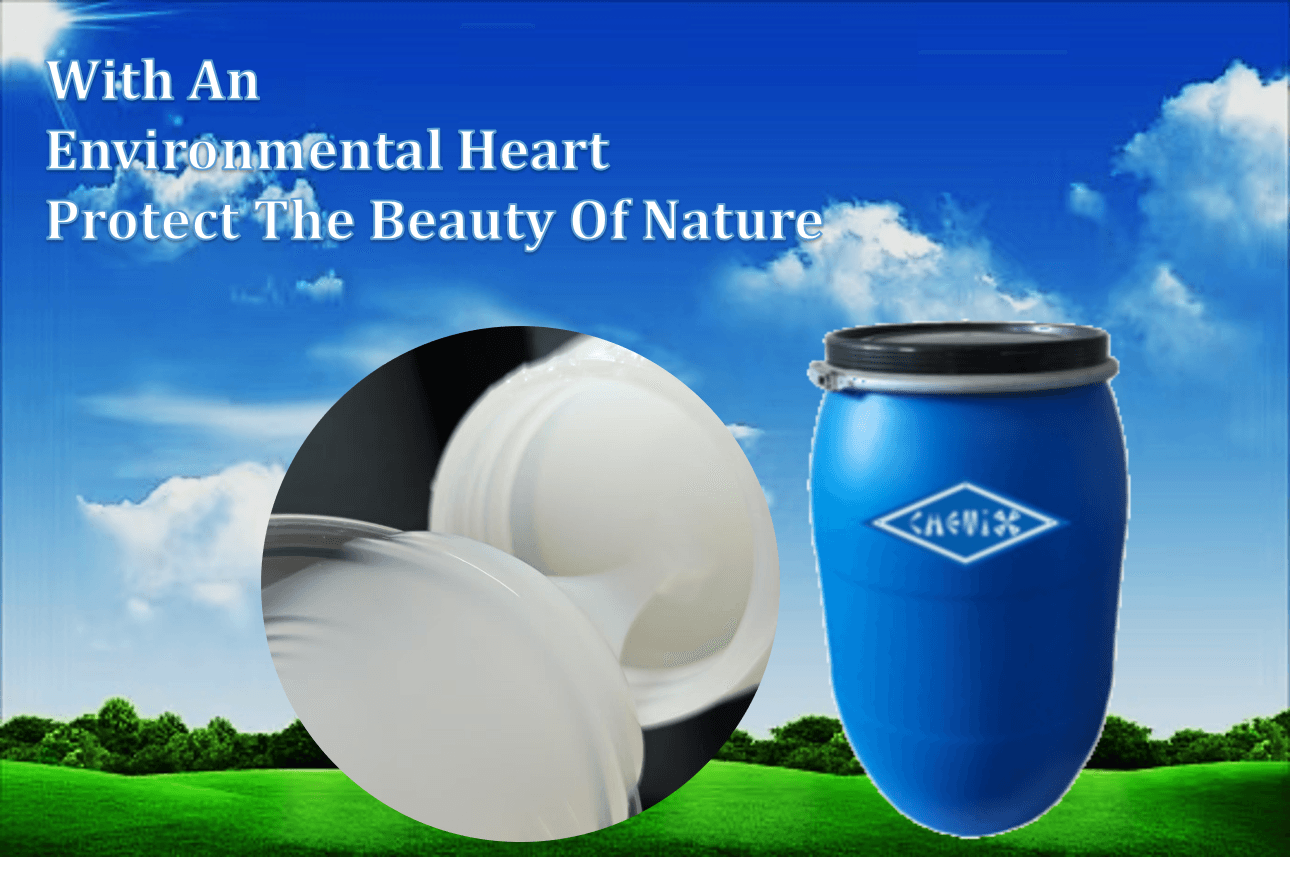Introduction

In the world of packaging and product presentation, lamination glue plays a pivotal role in ensuring durability and aesthetic appeal. Water-based lamination adhesives have emerged as a popular choice due to their eco-friendly properties and versatility. These adhesives not only enhance the visual quality of products but also provide essential protection, making them indispensable in various applications.
Understanding Water-Based Lamination Adhesives
Water-based lamination adhesives are formulated using water as a solvent, which significantly reduces harmful emissions compared to their solvent-based counterparts. This type of adhesive is designed to bond different materials together, creating a strong, protective layer that enhances the overall integrity of flexible packaging. With their ability to adhere to laminate adhesive sheets effectively, these adhesives are favored in industries seeking sustainable solutions without compromising performance.
Benefits of Using Lamination Glue
The benefits of using lamination glue extend beyond just environmental concerns; they also include improved safety for users and consumers alike. Non-toxic formulations ensure that products remain safe for food contact and other sensitive applications, making them ideal for flexible packaging solutions. Additionally, water-based lamination adhesives offer superior film formation capabilities, resulting in a smooth finish that elevates product presentation while providing robust protection against wear and tear.
Applications in Flexible Packaging
Lamination adhesives are widely utilized across various sectors, particularly in flexible packaging where durability and flexibility are paramount. These adhesives can be found in everything from snack bags to medical supplies, demonstrating their versatility and reliability as industrial adhesive solutions. By employing water-based laminating techniques, manufacturers can ensure that their products not only look great but also stand the test of time through rigorous handling and storage conditions.
The Basics of Lamination Adhesives

Lamination adhesives are the unsung heroes of packaging and printing, providing a crucial bond between materials that enhances durability and aesthetics. These adhesives play a vital role in various applications, particularly in flexible packaging, where they ensure that products remain fresh and visually appealing. Understanding the fundamentals of lamination glue is essential for anyone looking to optimize their packaging solutions.
What are Lamination Adhesives?
Lamination adhesives are specialized bonding agents designed to adhere layers of materials together, enhancing their strength and functionality. Typically used in flexible packaging, these adhesives create a protective barrier that helps preserve the contents while also providing an attractive finish. The right lamination adhesive can significantly improve the quality and longevity of laminate adhesive sheets, making them ideal for various industrial applications.
Types of Lamination Glue Available
When it comes to lamination glue, there’s no one-size-fits-all solution; different types cater to specific needs and materials. Water-based adhesives are popular for their eco-friendly properties, while solvent-based options offer strong bonds for tougher applications. Additionally, hot melt adhesives provide quick bonding solutions for high-speed production environments—each type serving unique purposes in the realm of industrial adhesive usage.
Key Properties of Effective Adhesives
Effective lamination adhesives share several key properties that make them suitable for diverse applications. First and foremost is adhesion strength; a good adhesive must bond securely to prevent delamination during use or processing. Other important characteristics include flexibility—which allows the laminate adhesive sheets to conform without cracking—and resistance to environmental factors like moisture or temperature changes, ensuring long-lasting performance across various conditions.
Advantages of Water-Based Lamination Adhesive

Water-based lamination adhesives are making waves in the packaging industry, and for good reason. These adhesives not only provide strong bonding capabilities but also boast a range of advantages that make them a top choice for manufacturers. From eco-friendliness to safety, water-based lamination glue is transforming how we think about adhesive solutions.
Eco-Friendly Characteristics
One of the standout features of water-based lamination adhesives is their eco-friendly characteristics. Unlike solvent-based alternatives, these adhesives contain significantly lower levels of volatile organic compounds (VOCs), which contributes to a healthier environment. By opting for lamination adhesives for flexible packaging, manufacturers can reduce their carbon footprint while still achieving high-quality results.
In addition to lower VOC levels, water-based options are often derived from renewable resources, further enhancing their sustainability profile. This means that businesses using laminate adhesive sheets can align their practices with environmentally responsible initiatives without compromising on performance or effectiveness. As consumers increasingly demand greener products, adopting eco-friendly adhesive solutions has never been more crucial.
Non-Toxic and Safe Use
Safety is paramount in any industrial setting, and water-based lamination glue excels in this area as well. These adhesives are non-toxic and free from harmful chemicals commonly found in solvent-based options, making them safer for both workers and end-users alike. This characteristic makes them particularly appealing for applications where human contact is likely, such as food packaging.
Furthermore, the non-toxic nature of water-based industrial adhesive means that they pose minimal health risks during application and throughout the product's lifecycle. Manufacturers can confidently use these adhesives knowing they are promoting a safer workplace while adhering to strict health regulations. In an age where consumer safety is a priority, choosing non-toxic lamination adhesive becomes an obvious choice.
Superior Film Formation
These adhesives create a robust bond between layers that enhances durability and resistance to various environmental factors such as moisture and temperature fluctuations. The result? Laminate adhesive sheets that maintain integrity even under challenging conditions.
Moreover, effective film formation leads to improved aesthetic qualities in finished products—think glossy finishes or matte appearances based on project requirements! This versatility allows brands to deliver visually appealing packaging without sacrificing strength or functionality when using industrial-grade laminating solutions. Ultimately, superior film formation ensures that your laminated products not only look great but also perform exceptionally well over time.
Comparing Wet and Dry Lamination Techniques

Both methods utilize different processes and materials, which can affect everything from adhesion strength to production efficiency. Understanding these differences is essential for selecting the right lamination glue for your flexible packaging needs.
Processes for Wet Lamination
Wet lamination involves applying a liquid adhesive directly to the surface of one or more substrates before they are pressed together. This method typically uses water-based or solvent-based adhesives, ensuring a strong bond as the layers cure together. The application process often requires specialized equipment to ensure even distribution of the lamination adhesive, making it ideal for large-scale production runs in flexible packaging.
One major advantage of wet lamination is its ability to create a seamless bond that enhances barrier properties—perfect for products requiring moisture resistance. However, it also demands careful handling during drying times, as excess moisture can lead to issues like bubbling or delamination if not managed properly. Ultimately, wet lamination is a go-to choice when high-quality adhesion is paramount in applications like laminate adhesive sheets.
Dry Lamination Explained
Dry lamination takes an entirely different approach by using pre-coated films that are bonded without any additional liquid adhesives during the process. Instead of applying adhesive directly onto substrates, dry lamination relies on heat and pressure to activate the adhesive already present on one side of a film or substrate. This method offers quick turnaround times and reduced drying times since no liquid components are introduced into the equation.
The use of dry lamination techniques is particularly beneficial in industrial applications where speed and efficiency are crucial—think high-volume production lines where every second counts! Additionally, this method minimizes waste since there’s no need for excess adhesive application or cleanup afterward. If you’re considering options for laminate adhesive sheets that require fast processing without compromising quality, dry lamination might just be your best bet.
Choosing the Right Method for Your Project
Deciding between wet and dry lamination techniques boils down to your specific project requirements—consider factors such as material compatibility, desired finish quality, and production speed when making your choice. For example, if you're working with sensitive materials that may be adversely affected by moisture exposure during curing, opting for dry lamination would be wise. On the other hand, if you need superior barrier properties in flexible packaging applications where durability matters most, then wet laminating with robust adhesives could be ideal.
Evaluating cost-effectiveness is another important aspect; while wet laminates may have lower initial costs due to easier setup processes, dry laminates can save time in high-volume scenarios leading to overall savings in labor costs over time. Additionally, consider how each method aligns with sustainability goals—water-based adhesives used in wet laminations tend to be more eco-friendly compared to some solvent-based alternatives found in other processes! Ultimately, understanding these nuances will help you select the perfect industrial adhesive solution tailored specifically for your needs.
Industrial Applications of Lamination Adhesives

Lamination adhesives play a pivotal role in various industrial applications, particularly in the realm of flexible packaging. These adhesives are crucial for ensuring that products remain safe and intact while also enhancing their visual appeal. By utilizing lamination glue, manufacturers can achieve superior bonding that meets industry standards and consumer expectations.
Usage in Flexible Packaging
In the world of flexible packaging, lamination adhesives are essential for creating durable, moisture-resistant barriers that protect food and other perishable goods. Lamination adhesives for flexible packaging help maintain product freshness and extend shelf life by preventing contamination from external elements. The versatility of these adhesives allows them to be used with a variety of substrates, including films, foils, and paper materials.
Furthermore, the use of water-based lamination glue in flexible packaging aligns with modern sustainability goals by reducing harmful emissions during production. This eco-friendly approach not only benefits the environment but also appeals to consumers who are increasingly conscious about their choices. As more companies strive to adopt greener practices, the demand for effective lamination adhesives continues to rise.
Benefits in Laminating Adhesive Sheets
Laminating adhesive sheets provide an excellent solution for protecting printed materials while enhancing their durability and appearance. The application of lamination glue on adhesive sheets creates a robust layer that resists wear and tear, making it ideal for items like menus, brochures, or business cards that see frequent handling. This added protection not only prolongs the life of these materials but also improves their aesthetic appeal by giving them a professional finish.
Moreover, using laminate adhesive sheets allows for easy application without extensive machinery or technical skill—perfect for small businesses or DIY enthusiasts alike! These sheets can be customized to suit various thicknesses and finishes depending on specific project requirements. Ultimately, they serve as an accessible option without compromising on quality or performance.
Real-World Examples in Manufacturing
The manufacturing sector is replete with real-world examples where industrial adhesive applications have transformed product offerings through enhanced durability and functionality. For instance, many food manufacturers utilize lamination adhesives extensively when producing snack wrappers and pouches—ensuring freshness while providing eye-catching graphics that entice consumers at first glance.
Another prominent example is found within the electronics industry; here, manufacturers rely on strong lamination glue to bond protective films onto devices like smartphones or tablets effectively safeguarding screens against scratches and impacts while maintaining clarity in visuals. Such innovations highlight how versatile lamination adhesives can be across diverse sectors.
In conclusion, whether it's flexible packaging or laminating adhesive sheets being utilized in manufacturing processes across industries—laminating solutions prove indispensable! With continued advancements in technology leading to even better formulations of industrial adhesive products like Chemix's water-based resin solutions—the future looks bright indeed!
Chemix's Water-Based Resin Solution

When it comes to lamination glue, Chemix's water-based resin solution stands out for its sustainable features and impressive performance in various applications. This innovative adhesive is designed with the environment in mind, making it a top choice for businesses looking to reduce their ecological footprint. By utilizing advanced technology, Chemix has created a product that not only meets industry standards but also supports eco-friendly practices.
Sustainable Features of Chemix Resin
Chemix resin is crafted from renewable resources, which significantly minimizes its environmental impact compared to traditional lamination adhesives for flexible packaging. Its formulation ensures low VOC emissions, promoting safer working conditions and contributing to cleaner air quality both indoors and outdoors. With a commitment to sustainability, Chemix’s water-based resin allows companies to embrace green initiatives without compromising on performance.
Performance in Industrial Adhesives
In the realm of industrial adhesive solutions, Chemix's water-based resin excels with its superior bonding capabilities and versatility across various substrates. This makes it an ideal choice for laminate adhesive sheets used in flexible packaging applications where strength and durability are paramount. Users can trust that this high-performance lamination glue will deliver consistent results even under demanding conditions, proving itself as a reliable partner in industrial settings.
Customization for Diverse Applications
One of the standout features of Chemix's water-based resin is its ability to be customized to meet the specific needs of different projects and industries. Whether you require special formulations for food packaging or unique properties for specialty applications, Chemix can tailor their lamination adhesives accordingly. This level of customization ensures that businesses can find the perfect lamination adhesive suited precisely for their requirements while maintaining eco-friendly practices.
Conclusion
In the ever-evolving world of packaging and manufacturing, understanding lamination adhesives is crucial for achieving optimal results. From their eco-friendly characteristics to their versatility in various applications, lamination glue has become a staple in flexible packaging solutions. As we've explored, the right choice of adhesive can enhance product durability, aesthetics, and sustainability.
Key Takeaways on Lamination Adhesives
Lamination adhesives serve as the backbone of many modern packaging solutions, particularly in flexible packaging where durability and visual appeal are paramount. The variety of options available—from water-based to solvent-based—means that there is a suitable lamination glue for nearly every project requirement. Additionally, the properties of effective adhesives ensure that they not only bond materials together but also contribute to the overall functionality and safety of the packaged products.
The Future of Eco-Friendly Adhesives
The future looks bright for eco-friendly adhesives like water-based lamination glue, as industries continue to prioritize sustainability alongside performance. Innovations in laminate adhesive sheets are paving the way for more environmentally responsible manufacturing processes without compromising quality or efficiency. As consumer awareness grows regarding environmental impacts, we can expect a shift towards even more sustainable options in industrial adhesive formulations.
Choosing the Right Lamination Glue for Your Needs
Selecting the appropriate lamination adhesive requires careful consideration of your specific application and desired outcomes. Factors such as adhesion strength, drying time, and compatibility with materials should guide your decision-making process when choosing between different types of lamination adhesives for flexible packaging or laminate adhesive sheets. Ultimately, investing time into understanding your options will lead to better results and enhanced product satisfaction.
